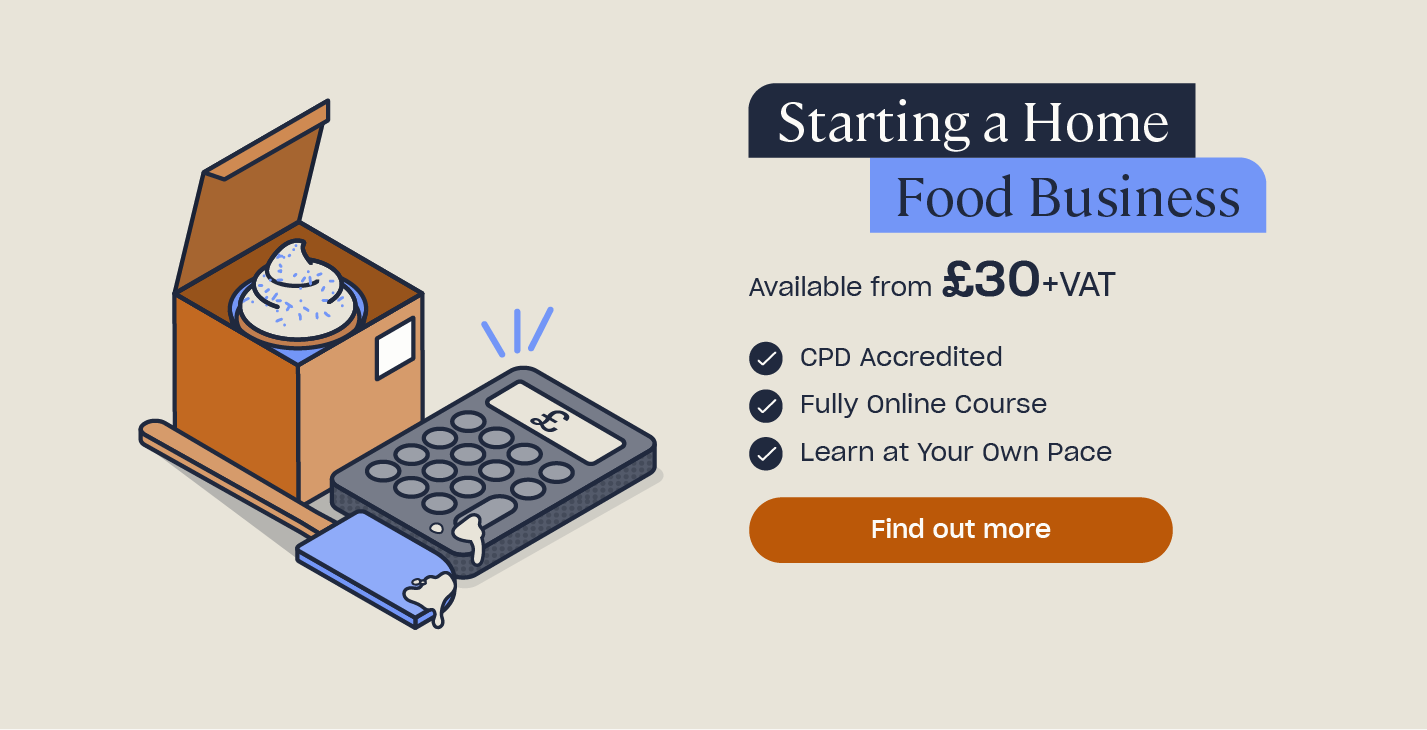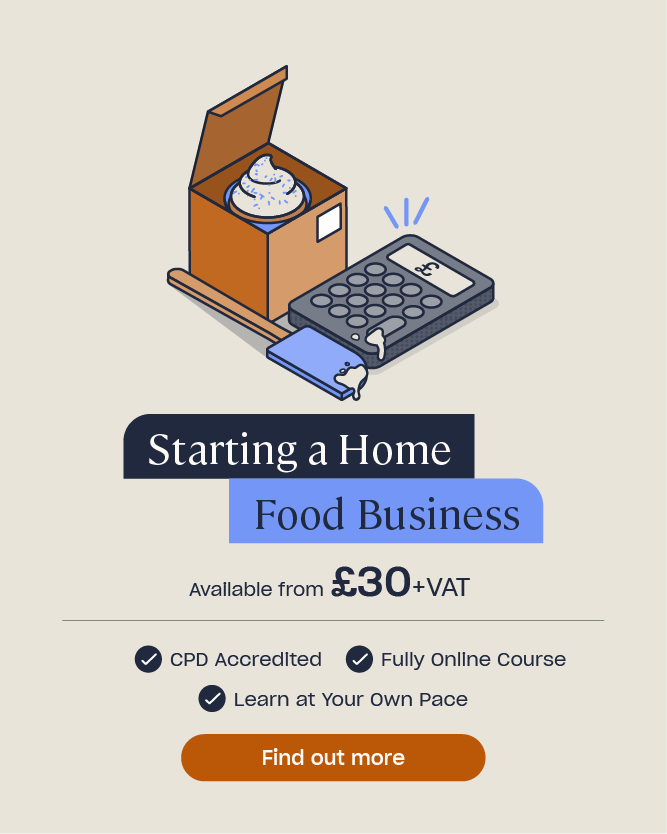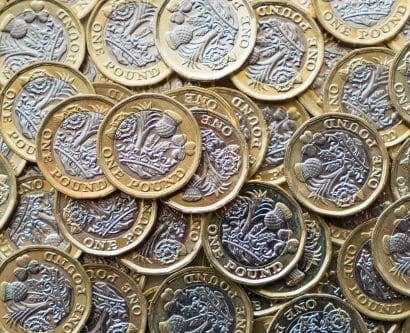What’s the Difference Between Trade Marks, Copyright, Patents and Trade Secrets?
Trade marks (™/®), copyright (©), patents and trade secrets are all part of intellectual property law. Although there is some overlap, there are a number of differences between them to be aware of if you wish to use one to protect your work.
Intellectual property is something that is created using the mind such as an invention, a brand name, a symbol or a product including the design of the packaging.
In this article, we will outline what is meant by trade marks, copyright, patents and trade secrets. We will also discuss instances in which each type of intellectual property can be used and how to decide which will be best for your business.
This article covers the following:
- What is a trade mark?
- What is copyright?
- What is a patent?
- What is a trade secret?
- How do I use the intellectual property tools?
Use the links above if you’d like to jump to a certain section of the article.
What is a Trade Mark?
A trade mark is a type of intellectual property which identifies a product or service as a particular source, and is distinguishable by customers from another product or service. The Trade Marks Act 1994 describes a trade mark as ‘any sign capable of being represented graphically which is capable of distinguishing goods or services of one undertaking from those of other undertakings’.
Logos and names are the most common form of trade mark. This can include product or brand names. Other intellectual property that can be protected with a trade mark include:
- Shapes including packaging.
- Colours.
- Colour combinations.
- Sounds.
- Patterns.
A trade mark must be unique and cannot be confused with another existing trade mark. For this reason, common words describing the product or service cannot be trade marked – such as ‘cereal’ cannot be trade marked for a cereal food product. A trade mark cannot be offensive, misleading or look similar to a state symbol such as a flag.
The Trade Mark ™ symbol can be added to a word which you deem to be your trade mark but is not officially registered. Some businesses use the ™ symbol while a trade mark application is in process before the trade mark application is granted to show intent and discourage others from using it. This symbol does not offer the protections of the Trade Marks Act 1994 as it is not registered.
The Registered ® symbol in the UK can only be added to trade marks which have been officially registered. This symbol is sometimes referred to as the ‘all rights reserved’ symbol.
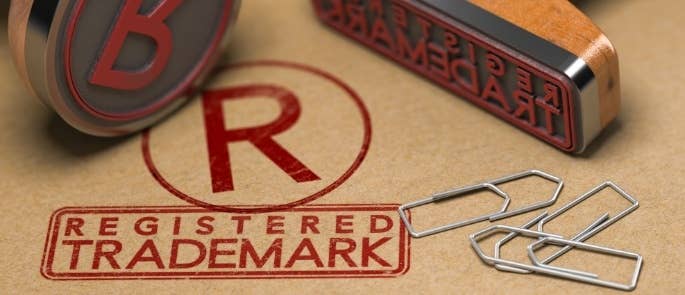
Applying for a Trade Mark
Before applying to the United Kingdom Intellectual Property Office, you need to check to see if your trade mark, or a similar trade mark, has already been registered in the UK’s ‘trade marks database’. This database can also be used to avoid infringing someone else’s trade mark.
If a similar trade mark is registered, you can ask for a letter of consent from the existing trade mark owner which must accompany your application. Communicating with a company which has a similar trade mark can avoid costly lawsuits by coming to a mutual agreement – or finding out sooner rather than later that you need to come up with another design or name. It’s important to note that once you have applied, a trade mark cannot be changed so you need to be careful before you submit the application.
Registering a company name or owning a website domain name offers little legal protection from someone else using that name. Anyone with a UK address for service can apply to the United Kingdom Intellectual Property Office for a trade mark. Remember, each country may have their own trade mark laws and databases too, so if you are considering supplying globally, you may need to apply to each country separately. A trade mark must be renewed every 10 years in the UK and EU.
Before Brexit, businesses operating in the UK and EU applied to the EU Intellectual Property Office, as an EU trade mark would cover all of the EU member states. This may still be a cheaper option than applying to several countries separately, even though the UK is no longer covered under the EU trademark. All trade marks registered before 31st December 2020 were transferred to the UK database and a second application after this date is not needed. You should also consider the languages you would like your trade mark to cover if you are operating across several countries, including any translations of your product name, brand name, or slogan.
When you apply for a trade mark, you must apply for a specific classification of goods or services, as this is an internationally agreed system. One trade mark can cover multiple classifications. For example, a coffee bean brand may have a class 30 trade mark to cover coffee but they may also want to consider adding a retail class 43 to the trade mark to prevent a coffee shop from using the same brand or product names. Once a trade mark has been approved, additional classes cannot simply be added; a new trade mark application would be needed.
However, section 5 of the Trade Marks Act 1994 prevents the registration of a mark that is merely similar to an existing mark meaning there are grounds for protection of dissimilar goods across all product categories. These were some of the grounds the famous Hugo Boss vs Hugo Boss was using to prevent a brewery from using the word ‘Boss’ on their beer. A business should consider the potential bad press the company will receive before pursuing an infringement claim.
Consumer Protection
‘Passing off’ trade mark laws are ultimately in place to protect the consumer from being misled. A Which? investigation showed that one in five shoppers have unknowingly bought a supermarket own-brand product thinking it was a well-known brand. This leads to consumers feeling annoyed and misled.
Trade Mark Infringement Examples
Some well known examples of existing trade marks and trade mark infringements are:
Colin the Caterpillar
Colin the Caterpillar is a popular chocolate cake in the shape of a caterpillar created by M&S. M&S claimed that Aldi infringed on their registered trade mark with their Cuthbert the Caterpillar chocolate cake. M&S took issue with the similarity to the original, claiming that customers would be confused by the manufacturer of the Cuthbert cake leading shoppers to believe it is of the same quality M&S produce. The case became more complex, however, as several UK supermarkets sell a version of a chocolate caterpillar cake which M&S did not include in the dispute.
4-Finger Kit Kat
In 2017 Nestle failed to trade mark the four-fingered KitKat shape in the UK, which they claimed to be a unique shape. Unfortunately for Nestle, a similar Norwegian bar from the Freia brand called Kvikk Lunsj has been around since 1937. Nestle’s failed trade marking attempt came after Cadbury also failed to trademark the shade of purple it uses in its branding after Nestle complained.
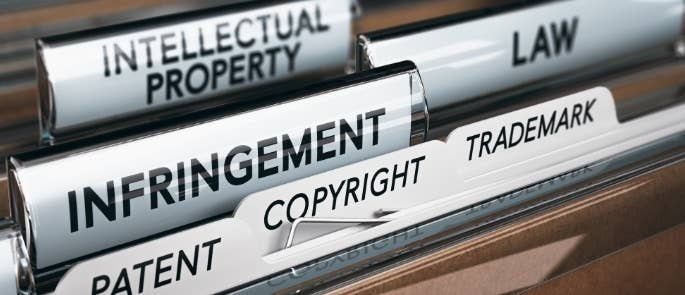
What is Copyright?
A copyright (©) is a type of intellectual property which gives the creator or owner the only right to make a copy of their unique work. Work covered by copyright laws includes:
- Literary work such as books and recipes.
- Non-literary work such as software and databases.
- Artistic work such as an artwork, graphic or packaging design.
- Educational material such as a training course content.
- Musical work such as sheet music and recordings.
Copyright protection is free and automatic under the Copyright, Designs and Patents Act 1988. It does not need to be applied for and there is no copyright register in the UK.
The copyright symbol © can be added to your work, however, your legal protections remain the same whether you apply the © symbol or not. Copyright protections prevent people from copying your work and distributing the copies, making an adaptation of your work, or putting your work on the internet.
Copyright lasts for 50 years from the end of the owner’s life. This is why some classical sheet music can be legally copied, though any newer recordings will still be covered under copyright law.
Copyright Infringement Examples
Copyright infringement examples include:
Stolen Blog Recipes – Recipeasly
A food website called ‘Recipeasily’ was taken down due to copyright infringement as it collated recipes from bloggers without the “ads and life stories”. By doing this, the website would have unfairly taken the revenue for the web page views away from the original creator. The copyright infringement also covers any images from the original blog which falls under the owners ‘unique work’.
Youtube
Youtubers should only upload videos they have created themselves or have authorisation to use. This includes music clips, videos from other creators and programmes. In the UK, there are grounds to use a video clip provided you are critiquing and reviewing the borrowed video clip providing the original reference is clear – but it is very much a case by case basis. Many YouTubers have seen their videos removed by YouTube for violating copyright laws.

What is a Patent?
A patent provides the inventor of a process or item, exclusive rights for a designated period of time. Patents are the most difficult of intellectual property to obtain and also the most expensive to enforce if someone infringes upon it.
Before applying for a patent, you need to search the UK patent database to see if your invention already exists and has been patented by someone else. Once the requirements have been met, a patent could take anywhere from 18 months to several years to be registered. For this reason, you could consider looking into registering a trade mark instead and keeping your invention a trade secret through confidentiality agreements.
A patent protects inventions and encourages innovation and commercialisation of technological advances. Patents are only granted for non-obvious novel ideas and solutions to problems which have never been invented before or made public in any way. Therefore, if you’ve made your invention public before applying for the patent, this could affect your chances of getting your patent granted. A confidentiality agreement ensures that it is clear you wish to keep your invention secret if you need to talk with someone about it, such as a manufacturer.
In the UK, a patent can last up to 20 years – providing the renewal fees are paid. It is advised by the government that you might want to contact a professional who can help and advise with the complex process of the application. A UK patent will also only apply and protect your invention within the UK. For this reason, you need to consider the scope you’d like a patent to cover as you may need to apply for several, depending on the regions you would like to be covered by.
Patent Examples
Cauli Rice – Riced Cauliflower
Cauli Rice, also known as Riced Cauliflower, is the first long-life microwavable rice alternative (made from cauliflower) that is protected by a patent. The patented technology allows the product to have a 12 month shelf life without the need to add preservatives or additives.
Self-Raising Flour
In 1845, Henry Jones invented and patented self-raising flour in the UK and America. At the time this was a very new and revolutionary invention which transformed the future of bakery.
Nespresso Coffee Pods
Nestle’s coffee pod brand had a patent for their coffee machine including the design of its pods. Unfortunately for Nespresso, their patent covering the coffee pod design ran out in 2011, allowing cheaper brands to produce compatible coffee pods.
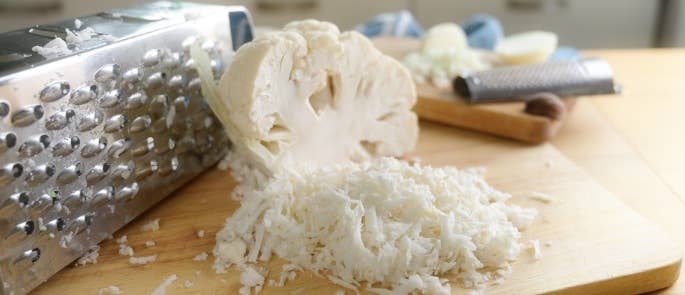
What is a Trade Secret?
Trade secrets are a form of intellectual property which can include ingredient formulas and secret processes. Trade secrets retain value through not commonly known or easily decipherable information. The generally understood definition of a trade secret includes three factors:
- Information that is not commonly known to the public.
- The secret retains economic benefit because the information is not publicly known.
- The holder makes reasonable efforts to maintain its secrecy.
Trade secrets are not registered or known publicly in contrast to copyright, trade marks and patents. Therefore, businesses put internal measures in place to prevent the secret from becoming public knowledge, such as confidentiality agreements or non-disclosure agreements (NDAs). Trade secrets and control measures such as NDAs do not have an expiration date in the same way as a patent or copyright ownership does, and are often kept continuously secret for generations.
To reduce the risk of a trade secret being discovered and duplicated, the number of individuals with access to the information should be reduced. This includes elements such as a secret formula or recipe for a particular product that you want to remain hidden from competitors who would look to replicate it. Trade secrets can be licenced, but this is rare and usually avoided unless absolutely necessary.
Trade Secret Examples
Examples of trade secrets include:
- The Coca Cola formulation.
- The KFC 11 herbs and spices mix
- The formulation for Pimms.
- The Cadbury Dairy Milk formulation.
How Do I Use the Intellectual Property Tools?
By implementing an efficient intellectual property strategy, you have the potential to give your business a competitive advantage over competitors. When choosing the type of intellectual property tool to use for your inventions and creations consider the following:
- What category of intellectual property your creation or idea falls under.
- The length of protection the IP tool will provide. A trade secret can be protected with NDAs and does not have an expiration date compared to having to publicly disclose a process in order to get a patent.
- The costs, including the ongoing costs of holding the IP tool and the expense of protecting your idea from infringement.
Copyright protections are automatic in the UK and do not need to be registered. It’s important that you know your rights, as this may be the level of protection you are looking for. Not knowing your rights or different intellectual property options available to you leaves your IP open to infringement and potentially a decrease in revenue. It may be useful to keep a record of the process in which you used to come up with your business idea. In some instances, you could use multiple intellectual property tools and there is some crossover between them.
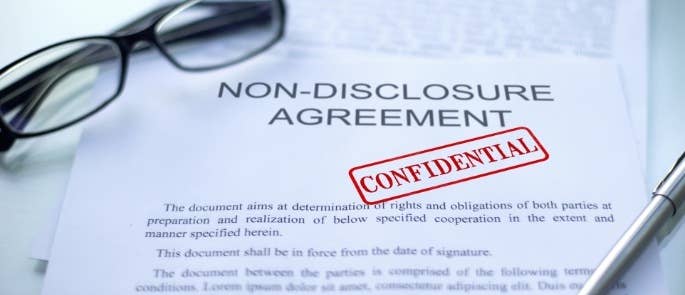
What copyright protections do you have as a blogger, restaurant or chef?
Blogs
As discussed above, recipes should not be directly lifted, including any original images from a bloggers page. However, it is not copyright infringement to make food following the posted recipe and selling the food item – such as a bakery using a cinnamon bun recipe from a food blogger.
Nothing stops someone from creating a dairy or gluten-free version of your recipe and claiming it as their own, even if this feels morally wrong. A copyright infringement claim can only be made if the image and recipe has been copied exactly without context or reference. An ingredient list is more difficult to protect compared to the written style of a recipe, as the method may count as a literary work.
If you have used an original image to post alongside your recipe which has been lifted by another website, this does count as replicating original work and you are protected by copyright law. One way to protect your images is by adding a watermark or signature to prove your ownership if any disputes were to arise.
Restaurants
Restaurant trade secrets could include a signature dish or a secret pizza dough recipe. Some restaurants trade mark the name of a dish providing the name is unique and distinctive. However, this only indicates the name is intended to be intellectual property, and not covered by law in regard to the contents and recipe of the dish.
It is common to have similar dishes on the menus of restaurants. If you want to protect your recipes and dishes, you may want to go down the road of calling them trade secrets, and having an agreement with staff that you own the recipes which should not be replicated in another restaurant.
Chef
If you wish to own and replicate a recipe that you’ve created whilst working under the employment of a restaurant, it is best to declare your intent of ownership early, and come to a mutual agreement with your employer. If you are hired, then any recipes you come up with will most likely belong to them. There is no guarantee that they will agree to your request. You may be able to create a similar dish, but it is best not to try to replicate a dish from a previous employer exactly and with the same name and description.
Having a pending lawsuit will affect your employability which should be taken into consideration if you replicate and pass off as your own, something from your previous employment.
We hope you found the above information useful. Should you wish to discuss your business needs further, or would like to know more about how our training can help you, please contact our friendly, helpful sales and support teams on 0333 006 7000 or email sales@highspeedtraining.co.uk.
Further Resources:
- Starting a Business from Home Course
- Cyber Security in Food & Drink Manufacturing: BRCGS Standards
- Food Packaging Materials: Regulations & Different Types


